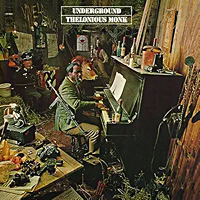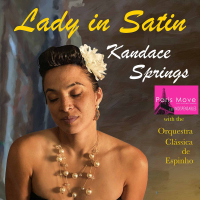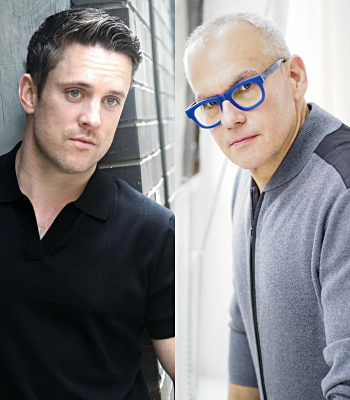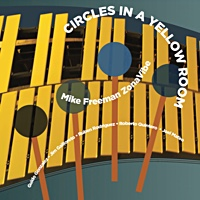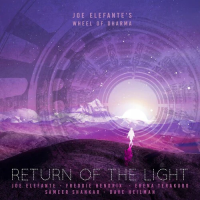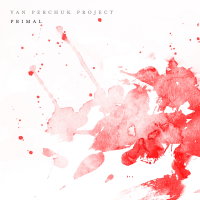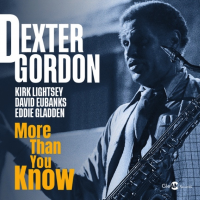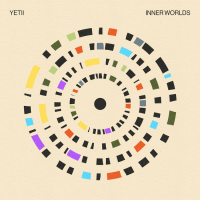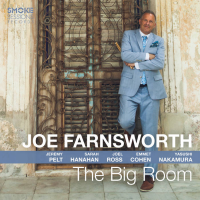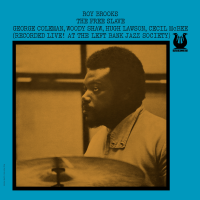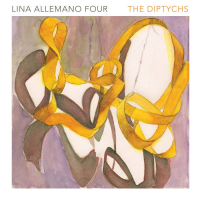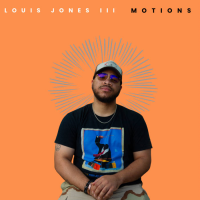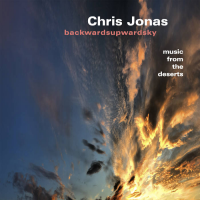Home » Jazz Articles » Album Review » Benoit Delbecq: Nu-Turn
Benoit Delbecq: Nu-Turn
Delbecq has always skirted the boundaries of genre, an open attitude which has served him well in various group contexts. The French pianist's recent transatlantic duet recording with Vancouver clarinetist François Houle, Dice Thrown , was a series of serene yet involving conversations. Here the conversations, including very distinct voices, involve only himself.
Within 20 seconds after the start of "In Rainbows," which opens Nu-Turn, the pianist exposes his intent. Stretched out, pedaled phrases collide with distinctly muted tones from the prepared piano, immediately creating a percussive aspect that persists to the end of the piece—and, for the most part, the record. What Delbecq chooses to do with those counter rhythms and the contrasts in general between Old and New World styles, of course, is the interesting part.
The timbral hues extracted during the evolution of "On Laterite" include high buzzing noises and marimba-like patterns, as well as clean, deliberate, thrusting phrases on the regular piano. "Into Neon" swirls in dark impressionistic held tones, as does the title piece. The measured use of dissonance, as well as the contrast between explicit melody and relaxed textures, give each piece a distinct identity.
All the elements that make up this interwoven whole come together in the eleven-minute closer, "Into White" (part of the "in"/"on"/"into" series that makes up most of these compositions). It has moments of pointed polyrhythmic pointillism, outright dark brooding, and finally a gradual evolution toward peaceful (yet still somewhat edgy) resolution.
Benoit Delbecq has no need to resort to gimmickry or pretense, though he throws a whole lot of ingredients into this particular pot. Skip Stephane Ollivier's liner notes unless you're interested in discussions of "a music, all in all, which would be less the 'fruit' of an existence than the sign of passing within us." I suppose the great thinkers out there might enjoy that sort of discourse, but as for the rest of us it's enough to just listen, absorb, transport, and return. It's quite a trip.
Track Listing
In Rainbows; In Lilac; On ne dit pas regarder la lune, on dit "luner"; on Laterite; Into Neon; On Embers; Nu-Turn (Etude de Nu); In Funfairs; Into White (epilogue).
Personnel
Benoit Delbecq
pianoBenoit Delbecq: piano and prepared piano.
Album information
Title: Nu-Turn | Year Released: 2003 | Record Label: Songlines Recordings
Tags
PREVIOUS / NEXT
Support All About Jazz
 All About Jazz has been a pillar of jazz since 1995, championing it as an art form and, more importantly, supporting the musicians who make it. Our enduring commitment has made "AAJ" one of the most culturally important websites of its kind, read by hundreds of thousands of fans, musicians and industry figures every month.
All About Jazz has been a pillar of jazz since 1995, championing it as an art form and, more importantly, supporting the musicians who make it. Our enduring commitment has made "AAJ" one of the most culturally important websites of its kind, read by hundreds of thousands of fans, musicians and industry figures every month.




